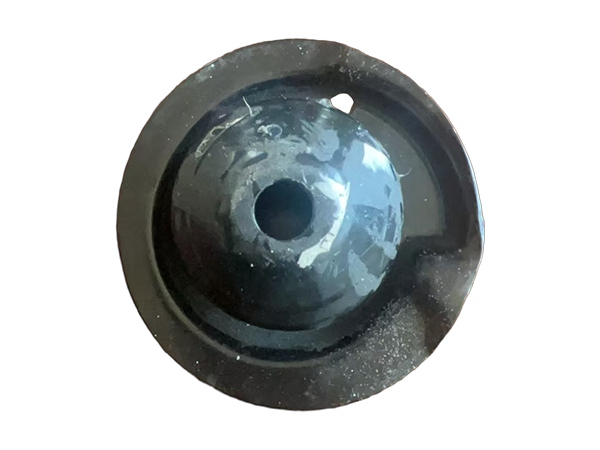
Processing of hardware stamping parts
Description: The processing of hardware stamping parts is a high-volume manufacturing discipline that transforms flat sheet metal into precise, complex components through a series of controlled deformation and cutting operations. It is a highly efficien...
Mobile:+86 15833366044
Email:info@hengyuntaimetal.com
Product Description:
The processing of hardware stamping parts is a high-volume manufacturing discipline that transforms flat sheet metal into precise, complex components through a series of controlled deformation and cutting operations. It is a highly efficient and automated process central to mass production across industries like automotive, electronics, and appliances.
The journey begins with the fundamental ingredient: the raw material. This is typically a large coil or sheet of metal, such as cold-rolled steel, stainless steel, aluminum, or copper. The specific alloy, thickness (gauge), and coating are selected based on the part's final requirements for strength, corrosion resistance, conductivity, or appearance.
The heart of the operation is the stamping press and the custom-designed tooling, known as a die. The die is a precision machined tool, often made from hardened tool steel, that consists of two halves: a punch (the upper, moving part) and a die (the lower, stationary part). The processing occurs in a defined sequence, which can be a single stage or a progression through multiple stations in a single press:
Blanking: This is often the first step. A large press cuts the overall outer shape of the part from the continuous sheet metal coil, creating a "blank" that will be further processed.
Punching: The press uses the die to punch holes, slots, or notches into the metal blank. The removed material is scrap, while the blank itself moves to the next stage.
Bending: The blank is precisely bent along straight lines to create flanges, angles, or channels. The die's geometry controls the bend angle and radius with extreme accuracy.
Forming & Drawing: For more complex, three-dimensional shapes, the metal is drawn or formed into a die cavity. This stretches and forms the metal into deep, cup-like shapes or specific contours without fracturing it.
Coining & Embossing: This is a high-pressure process that compresses the metal within the die to create very precise fine features, textured surfaces, or raised lettering.
For intricate parts, these operations are often combined into a progressive die. The metal strip feeds through the press, and at each station, a different operation is performed—piercing, bending, cutting—until a finished part is ejected at the final station. This allows for incredibly high-speed production.
After stamping, secondary processing is often required. This can include:
Deburring: Removing sharp edges or tiny metal fragments left from cutting.
Heat Treatment: Hardening or tempering the parts to achieve specific strength properties.
Surface Finishing: Applying coatings like plating, painting, powder coating, or galvanizing to enhance appearance and prevent corrosion.
-

Common Issues and Safety Hazards of Insulation Layer Damage in Battery Press Plates
2025-08
-

In-Depth Analysis of Loosening Issues in Automotive Hardware Fittings
2025-08
-

Quality Control and Inspection Methods for Automotive Hardware Fittings
2025-08
-

Automotive Metal Stamping Parts: Process, Applications, and Advantages
2025-08




